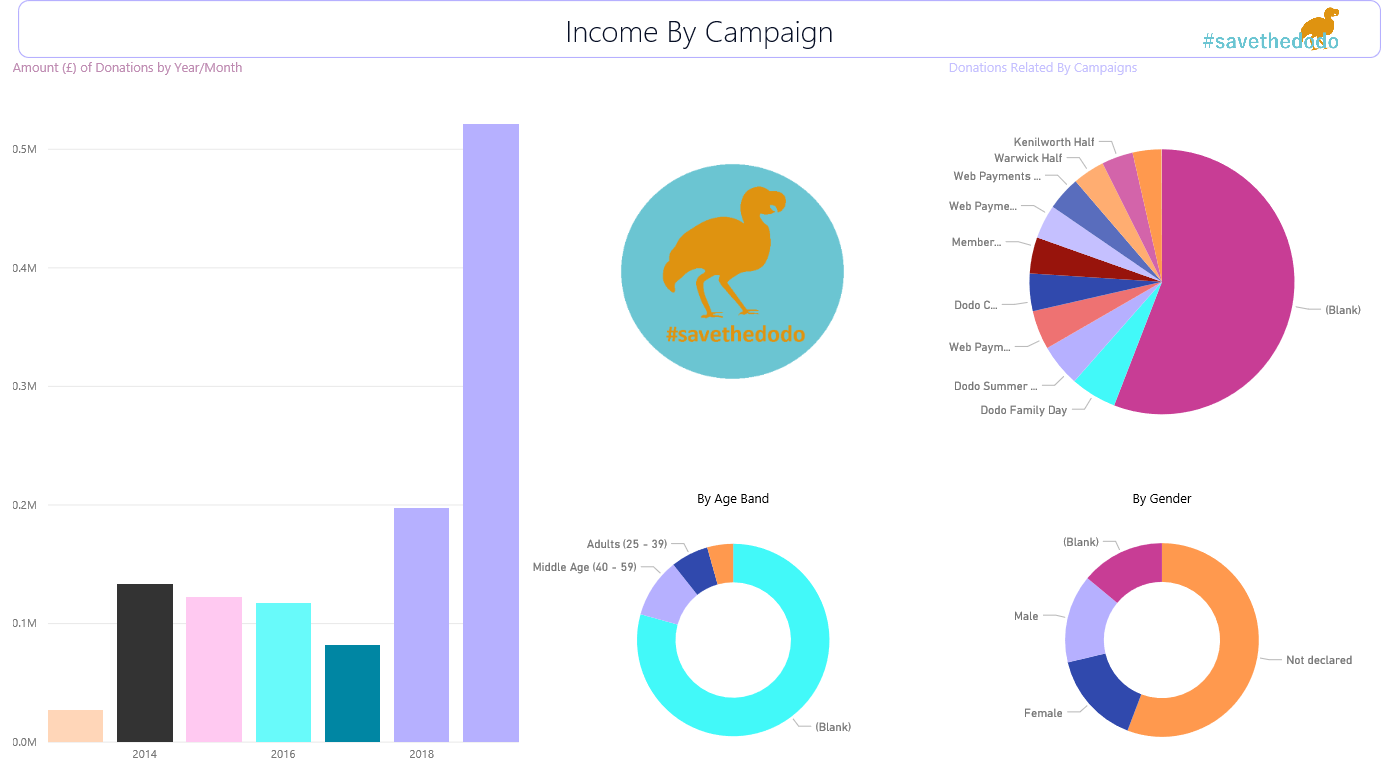What analytics can do to help charitable organisations succeed
Non-profit organisations have unique functions and requirements to their sector compared to commercial businesses. They must develop campaigns that target potential donors, comprehend and apply technology to optimise organisational processes and make the most of the available resources. However, many organisations are not technologically aware and have little understanding of data analytics and its applications. In this blog, let us take a deep dive into how cloud analytics may assist charitable organisations to better their communications and navigate challenging times.
Within a non-profit organisation, analytics can be used in a variety of ways. Here are five areas where data analytics will have a significant impact:
- By researching spending and revenue inflow patterns, analytics simplifies budgeting by providing better predictions through financial forecasting.
- Fundraising requires robust communication channels since messaging is crucial. Understand audience segments and their attitudes by using analytics to coordinate the organisation’s messaging. Analysing prior contribution data will help you develop a stronger relationship and acquire more support.
- Accountability is a major priority area for the third-party sector. With data analytics, organisations can gain a deeper understanding of every transaction, expenditure, income, and more. These insights will have a direct influence on increasing transparency, improving your internal budget, and gaining the support of stakeholders.
- Due to the unpredictability surrounding funding inflow, a long-term strategy seems difficult to develop. Analytics provides a clear perspective of data that aids in the planning of all job areas, including personnel, asset management, donor management, and other responsibilities.
- Innovation is no longer considered a luxury. Data and analytics provide non-profit organisations with a broader perspective that will help discover potential new contacts, donor opportunities, and areas that require additional attention.
There are five forms of business analytics that can benefit a charity. Each of these analyses is helpful in its own right. However, an organisation will profit the most if all five are executed concurrently.
- Descriptive: Descriptive analytics summarises data to provide a snapshot of the present condition. Dashboards are commonly used for this type of analysis. This form of data analysis may be used by charities to better understand existing donor demographics and total donations over time. As the need to satisfy regulatory standards grows, descriptive analysis helps charitable organisations streamline reporting and statistical modelling.
- Diagnostic: This type of analysis aids in delving further into the outcomes of the data at hand. With the majority of donations and charitable activity taking place online, diagnostic analysis can assist in understanding a user’s web page behaviour and improving underperforming areas.
- Prediction: Predictive analytics focuses on emerging trends through analysing trends and patterns. These prediction techniques assist in identifying contribution trends across demographics, the best moment to pitch to a prospective contributor, and assessing the possibility of new marketing initiatives.
- Prescriptive: Prescriptive analytics helps organisations with the best course of action to guarantee that their efforts are focused in favour of the purpose and requirements of the organisation by leveraging actionable knowledge from earlier analysis.
There are many reporting tools out there including an offering using Microsoft-based technology called NfP Insights, which enables every non-profit organisation to unify disparate data – be it transactional, observational, or behavioural sources – to gain a single view of all activities and derive insights that drive key organisational processes. NfP Insights uses Microsoft technology, including several in-built connectors across a wide range of sources to bring in any amount of data. Once complete, all the data is unified, creating relationships between the various sources to enable a 360-degree view of all activity. The key phrase is “one version of the truth” as all stakeholders from General Users to System Administrators to Trustees and up to the Board level see the same data. NfP Insights also can be used to predict donor intent, donor attrition, and event planning, for informed decision-making across all functions within your organisation. All of these are available without any manual reporting or data gathering required, making your organisation pro-active instead of reactive and enabling time to be spent more productively.
m-hance provides non-profit groups with affordable and transformative solutions that add long-term value. We use our experience and technical skills to address common problems within the sector through Microsoft technologies. Please do not hesitate to contact us if you would like to discuss NfP Insights in greater depth for your organisation.
Racheal Hehir
Marketing Executive


